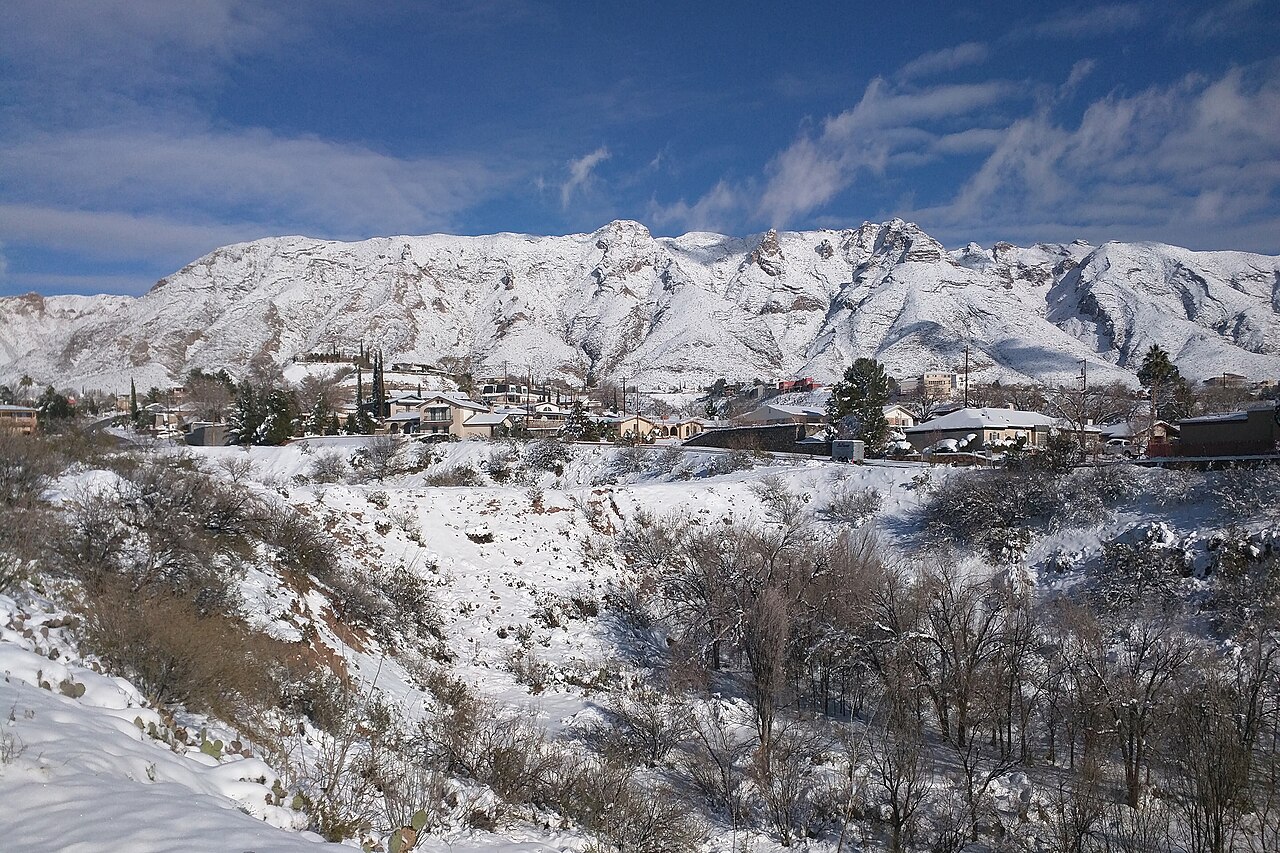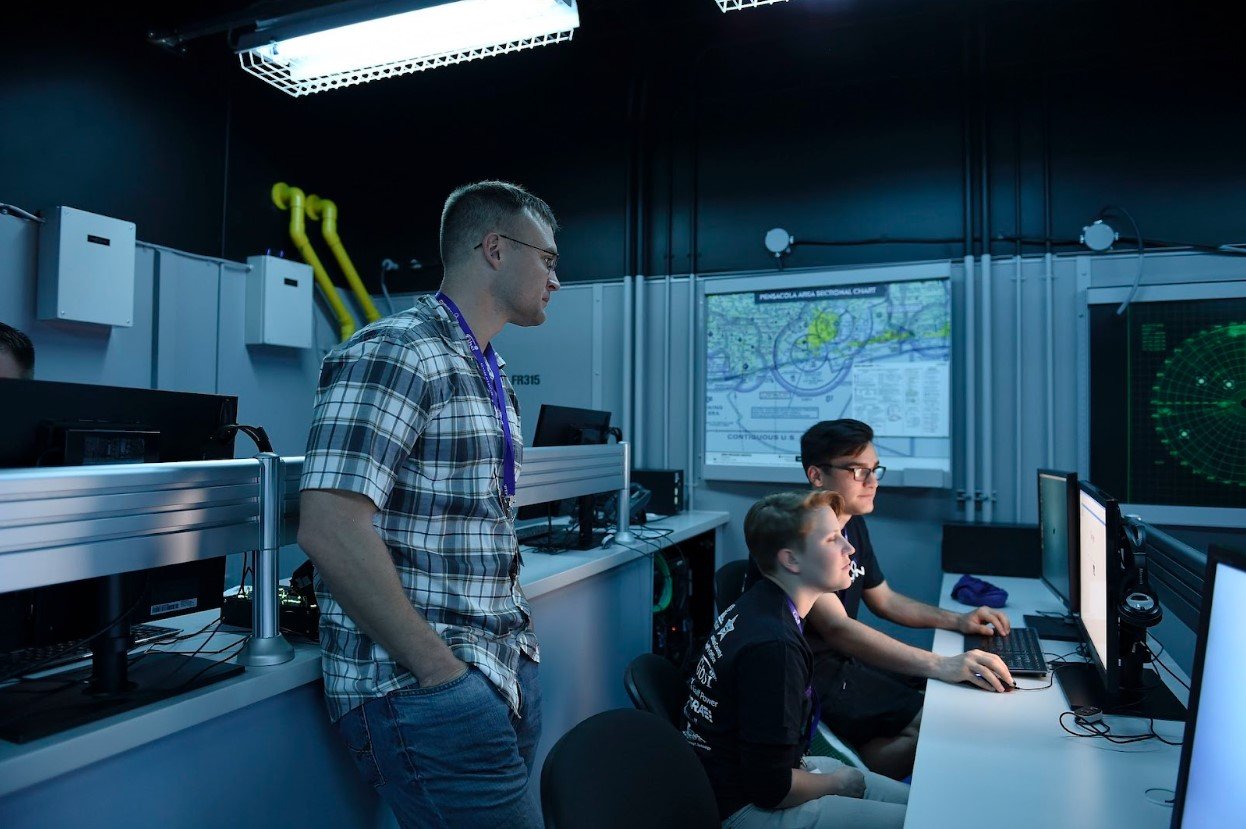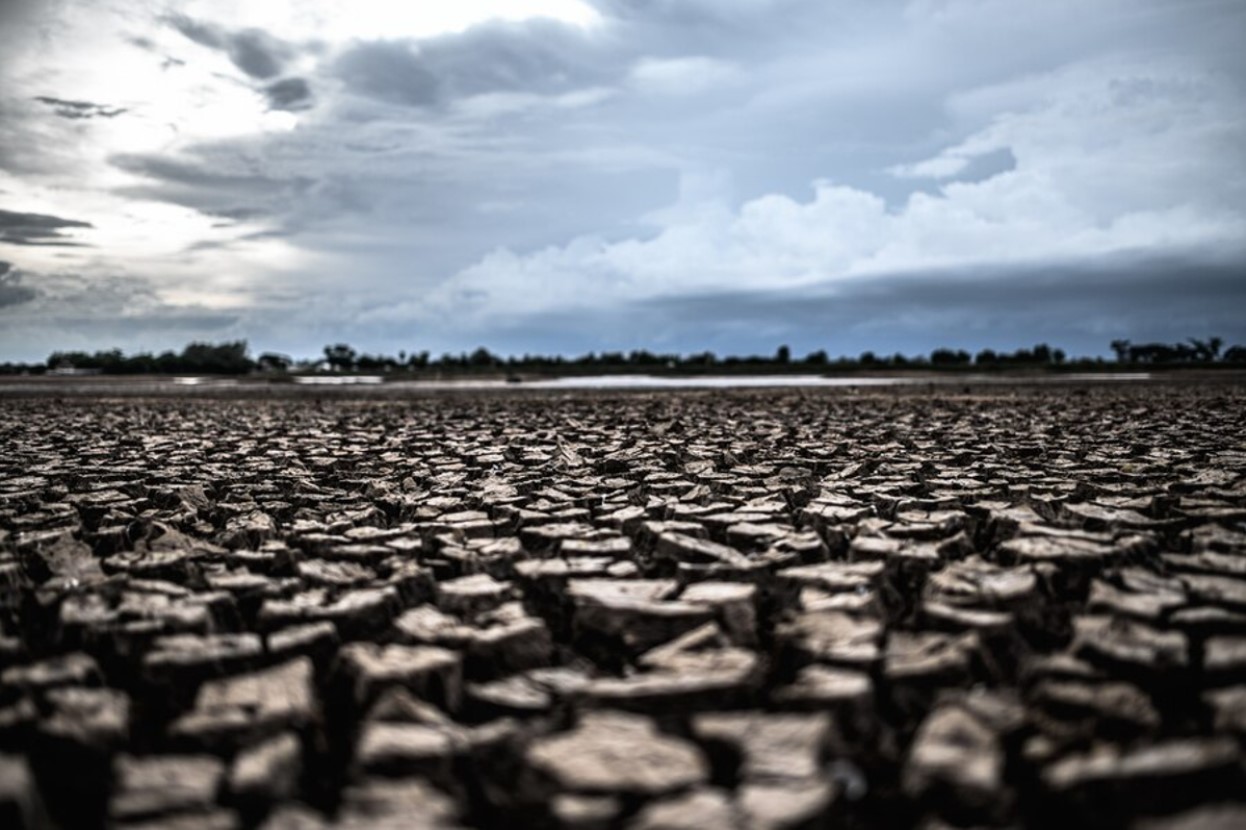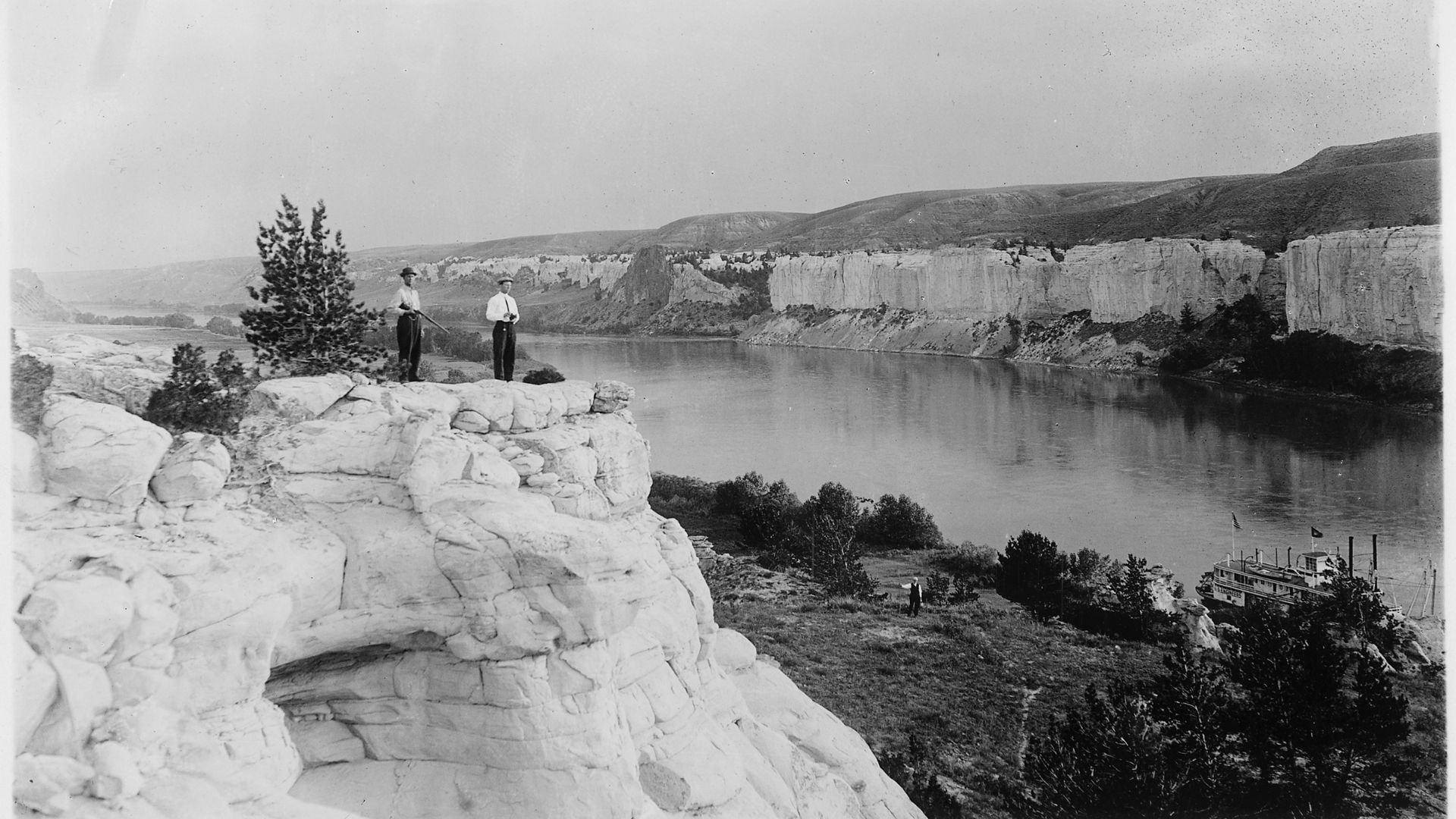Researchers Make Significant Breakthrough Which Could Revolutionize Water Management in the US
Scientists reveal they’ve made a significant breakthrough in how future generations may find and use water in the Western portion of the US. This groundbreaking discovery, made possible by artificial technology, is a testament to the potential of technology in revolutionizing water resource management.
The AI model aims to enhance water supply estimates over extensive distances and may lead to the discovery of several new sources of drinking water for millions of Americans.
New Research Centered on Snow
The researchers published details of the computer model and its findings in Proceedings of the AAAI Conference on Artificial Intelligence by researchers at Washington State University.

Source: Wikimedia
According to the paper, there are currently around 822 snow measurement stations spread across the Western US. These are employed to track the level of water in snow, and researchers believe they have made their breakthrough here.
The Purpose of the New Computer Program
The West covers a considerable distance, however, which means there is only one station for every 1,500 square miles, according to the study.

Source: Petty Officer 3rd Class Taylor Jackson/Wikimedia Commons
The new computer model aims to measure water availability over a larger distance, covering more locations, especially those that were previously ignored.
Lead Researcher Shares Statement on New AI Model
In a statement, co-author of the study Kirti Rajagopalan, a professor in WSU’s Department of Biological Systems Engineering, explained, “This is a problem that’s deeply related to our own way of life continuing in this region in the Western U.S.”

Source: DC Studio, Freepik
She continued, “Snow is definitely key in an area where more than half of the streamflow comes from snow melt. Understanding the dynamics of how that’s formed and how that changes, and how it varies spatially is really important for all decisions.”
Benefits of the AI Model
The team of researchers used measurements taken from the new AI model and compared them against measurements from 300 existing snow stations to see which was more accurate.

Source: National Cancer institute/Unsplash
According to the study, the new model significantly outperformed the method currently employed, which uses snow stations. This led researchers to suggest that a new era of precision in water management was upon them.
The Importance of Snow Melt in the West
Snow melt plays an integral role in the water cycle of the western part of the United States. It feeds reservoirs and rivers, which in turn supply the surrounding regions with clean water.

Source: Freepik
Better understanding the true dynamic of this cycle will ultimately help ensure a fresh supply of water is readily available, and the scientists believe their new AI model will play a crucial role in this.
Megadrought in the West
A prolonged megadrought has been affecting water supplies in the West for over two decades.

Source: Freepik
This has intensified the necessity for researchers to find more accurate water measurement tools, with some experts suggesting the situation is becoming urgent. Simply put, as water becomes more scarce, the stakes increase.
Precious Water in the West
According to Krishu Thapa, a WSU computer science graduate student who led the study, “every drop of water” is precious and can be utilized for a variety of needs ranging from irrigation to drinking water.

Source: Public Domain/Wikimedia Commons
Researchers believe their new AI model will better ensure that not a single drop of water goes unnoticed.
Better Conservation Strategies
As climate change continues to negatively affect the Earth’s environment and disrupt weather patterns, better water conservation strategies are clearly required to ensure that sources don’t eventually run dry.

Source: Steve Johnson/Unsplash
Those involved in the study believe their new AI model may provide policymakers with a beacon of hope and help them better confront the challenges ahead.
AI Model is Not 100% Ready Just Yet
While the new AI model is not ready to be deployed yet, it does represent a significant leap forward in scientists’ abilities to forecast water availability in the West confidently.

Source: Wikimedia
Minor tweaks and further testing are first required. However, once the computer model is eventually deployed, scientists will be able to make smarter and more informed decisions about water use in the surrounding regions.
AI Model Makes Predictions
Speaking of the new technique, Thaoa explained how the AI Model makes predictions on snow water equivalent, i.e., the amount of water stored in snow.

Source: Wikimedia
“Using our new technique, we’re using both spatial and temporal models to make decisions, and we are using the additional information to make the actual prediction for the SWE value,” Thapa said.
Transforming the Sparse Network
Thapa explained the researchers would be able to use the AI model to go from measuring the SWE value using sparse and limited information to collecting data from dense points without using stations.

Source: Freepik
“With our work, we’re trying to transform that physically sparse network of stations to dense points from which we can predict the value of SWE from those points that don’t have any stations,” said the researcher.
